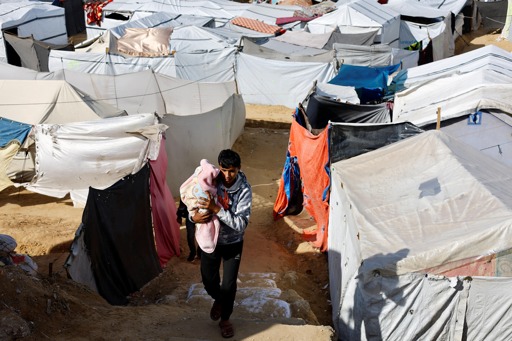

2 major factors: In any given society, the mode of production is reinforced by the culture, laws, and ideology of said mode of production. Secondly, people license themselves to believe that whatever they think benefits them is good. Capitalism reinforces ideas like individualism, NATO is good, etc, and we go along with it until our material conditions force us into seeing a new reflection of reality, be it at the workplace, or seeing hard evidence online, being the victim of a bombing campaign, etc. It isn’t a man behind the curtain, but capital and the capitalist class.





Generally they already are a part of the Russian Federation if they want to be.